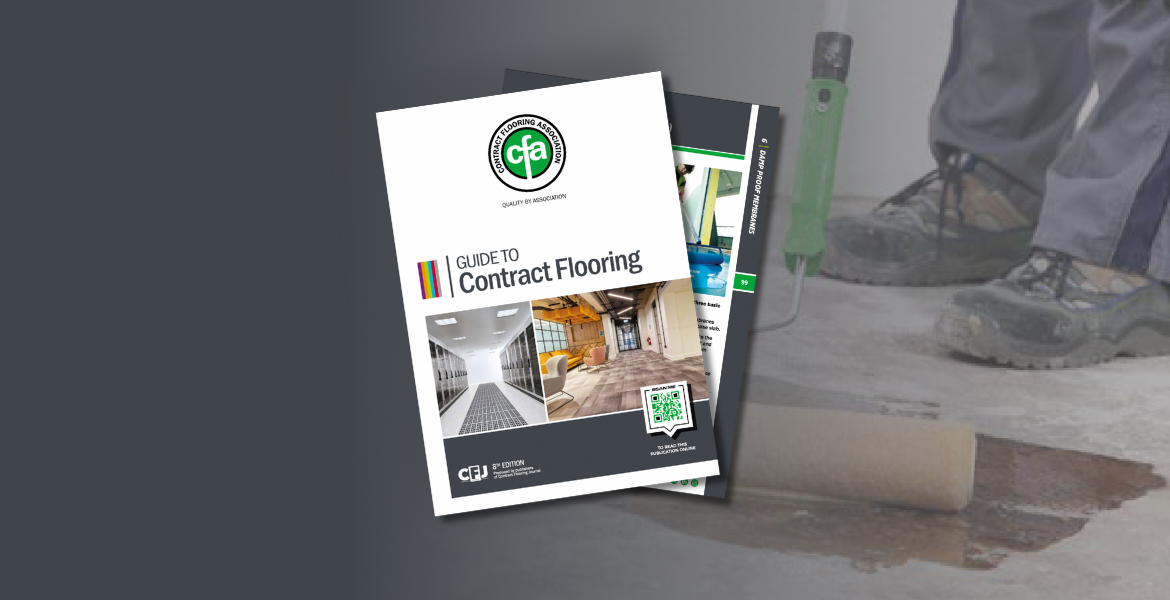Many failures which occur with floor covering installations that are adhered directly to a solid subfloor can be attributed to moisture-related issues. It is essential therefore, that the floor coverings are protected from the passage of moisture from below. Some of the main causes of moisture related failures are as follows:
- No construction DPM in the subfloor build-up allowing moisture to rise from the ground.
- Inefficient or damaged DPM.
- The incorrect specification of moisture control products.
- In fast-track building where the construction techniques used or the project program does not allow sufficient time for the construction moisture in the subfloors to reach acceptable levels.
- For installations below ground floor level, there may not be a suitable tanking system installed.
- Flooding.
- On the outside of the building, soil or similar is above the damp proof course in a brick/block wall.
The specifier must therefore ensure that adequate protection from moisture ingress be provided, and that the products are suitable for the intended purpose. This should be applied in accordance with the manufacturers’ recommendations.
Power floating/power trowelling of concrete can result in a non-absorbent dense surface being achieved. The additional use of integral water-proofers in the concrete, the application of smoothing compounds and the use of bituminous adhesives do not provide adequate effective protection against moisture in the subfloor causing damage to the floor covering installation.
In building construction, there are three basic methods of incorporating a DPM:
- BASE MEMBRANES – these membranes are laid beneath the concrete base slab.
- SANDWICH MEMBRANES – laid onto the base slab and topped with a cement and sand levelling screed of at least 50mm thick.
- SURFACE MEMBRANES – as the name implies, applied directly to the surface of the subfloor/smoothing compound.
NOTE: it is essential that any pre-smoothing of the subfloor, before the application of a moisture control system, is performed using a moisture-tolerant product.
Points Requiring Attention
When specifying the use of surface DPMs, the following principles should be considered:
- The product can only be effective if the surface has been properly prepared and a sufficiently thick, continuous pinhole free coating is applied.
- Selection of a surface DPM/moisture vapour suppressant and smoothing underlayment should be made after due consideration of individual manufacturers’ literature which details the suitability and limitations of the products for the substrates to be covered.
- Some adhesives allow direct installation to the surface membrane. However, a 3mm thick coat of floor smoothing underlayment is considered good practice, not only to protect the membrane but also to provide an absorbent surface for water-based adhesives to be applied.
- Methods of use vary, and it is essential that the manufacturers’ recommendations are obtained and followed carefully for a DPM to be effective.
- With regards to the use of DPMs or moisture vapour suppressants on cement and calcium sulphate screeds containing commissioned heating systems, guidance should be sought from the screed manufacturer and membrane supplier to ensure complete compatibility.
For further information about DPMs including the three basic methods of incorporating a DPM as well as other technical guidance, please consult the CFA Guide to Contract Flooring.
